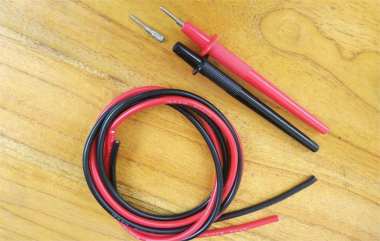
If you're into DIY multimeter test leads, this article might be just what you need.
When it comes to making your own multimeter probes, if you want to minimize the effect of the leads during high-current or low-resistance measurements, feel free to follow along and try building your own.
Here's what you'll need: detachable test leads (the regular tip type—super fine tips aren't suitable for high current), high-temperature, ultra-flexible 13AWG (2.5mm²) red and black silicone wires (1 meter long), and 4.0mm solid cross-slotted gold-plated banana plugs, as shown below.
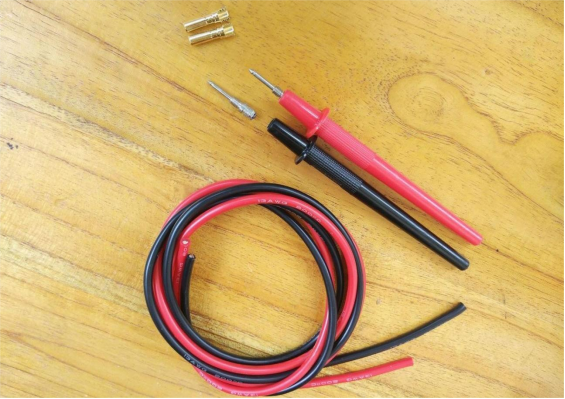
The thicker the test lead wire, the lower its resistance. While speaker cables are thick and flexible enough, they can't handle high temperatures. If the insulation accidentally gets touched by a soldering iron, it'll melt easily, exposing the copper wire inside—which can be dangerous. That's why it's better to use 13AWG silicone wire with an outer diameter of 4mm. You can check the size of the probe's exit hole to make sure it fits. The core is tinned copper wire, which makes soldering very easy. For the plugs, go for solid cross-slotted gold-plated banana plugs—they're rated for up to 40A and also solder easily.
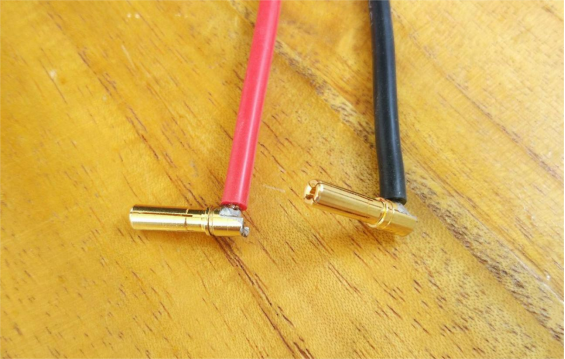
Once the plugs are soldered, you can use hot glue to create a protective outer cover, wrapping up the exposed metal parts for safety.
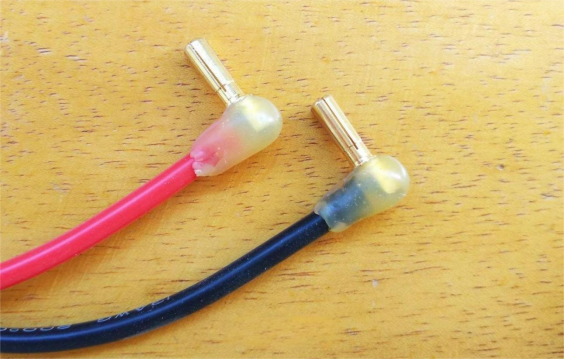
When you weigh the finished probes, they'll come in at about 85 grams. They might feel a bit heavy in hand. If that bothers you, try using 14–16AWG wire instead. Any thinner, and it's probably better to just buy ready-made probes.

After everything's done, plug your new leads into the multimeter to test them out. The short-circuit resistance in the ohm range reads just 0.04 ohms—pretty solid performance overall.
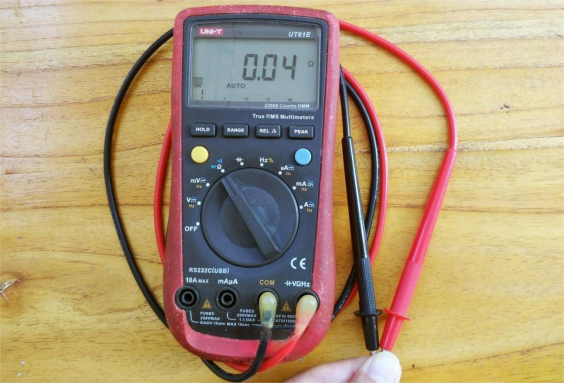
The end.




